Table of Contents
I experienced it when I initially unboxed the iPhone 17 Pro Max. The hype Apple followers generate is substantial; each upgrade of Power Mac is being billed as one jump forward, yet occasionally, the changes are more significant than game changers. I was quite surprised this time, however. Weight and bulk make the phone heavier than the previous ones, which are of good quality. The materials: a translucent display of sapphire-glass with shiny edges made of meta, and a color so distinctive that it needs to attract your attention right away, indicate that you are holding a flagship.
I switched it on and had to follow the steps of initial settings as usual- signing into iCloud, reinstall, and settings transfer, etc, and waited through the process of all being synchronised. Right after loading the home screen, the animations were smooth, touch-responsive, and there was no trace of delay. Mainly because Apple likes to set high expectations (which I had), the device did not fail to meet the expectations during the initial few minutes.
Naturally, it is just the beginning with first impressions. In the following days, I subjected it to a real-life examination: many hours on the social net and messaging, playing, spending much time on multitasking, and spending all day shooting photos, filming videos, and streaming. I also wanted to test battery life, see thermal limits, and see how the camera would work in the conditions that are actually really difficult to illuminate. All that is a product of those hours of actual employment.
Enough preliminaries; now to the meat of the matter: what I found most exciting about the iPhone 17 Pro Max and some of the things that made me stop.
What I Liked About It
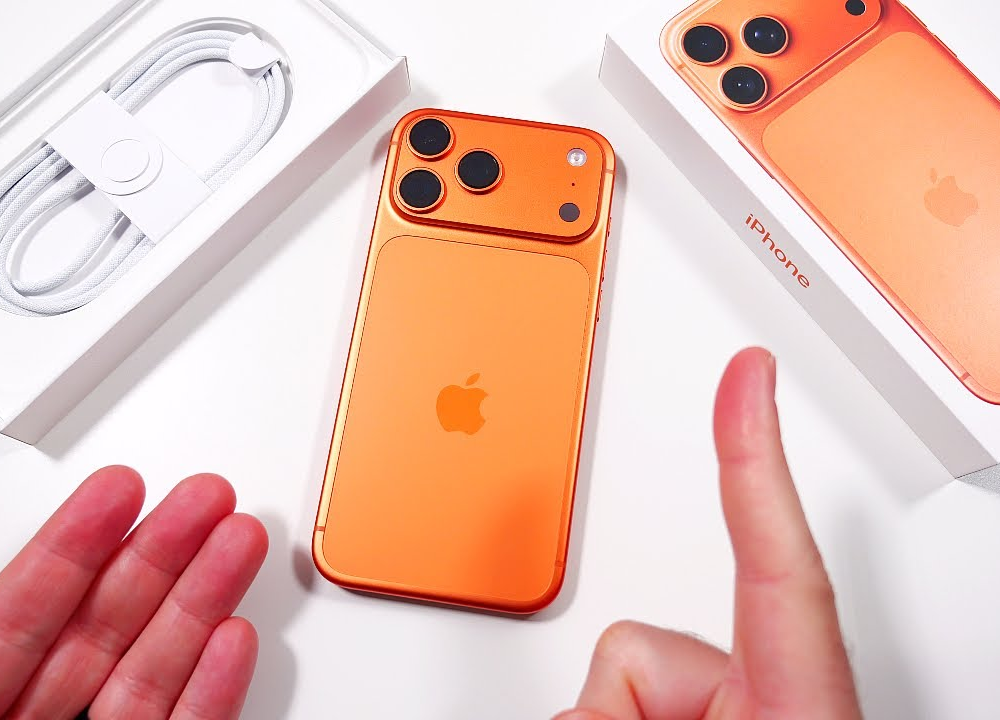
A Big Redesign That Goes Beyond the Eye-Catching Orange Color
The decision to strike a color option that was seen as bold by Apple in this generation was the orange color option. Initially, I questioned the possibility of whether it was a gimmick or not. I used the phone over a few days, and I completely understood that there is more than mere window dressing going on with the phone; there is an indication that Apple can afford to take aesthetic risks.
The color is not neon or garish; it is deep and rich and changes a bit with a change in lighting conditions. It is Terracotta internally, and a case of burned amber externally. It is not a device everyone will probably love, but having found the use of specific devices interesting, I have now become the close companion of this machine.
However, in addition to the color, the redesign will provide a slightly rounded chassis, flattened edges (without losing durability), and a thinner bezel to provide the screen with an even more immersive touch. It is more enclosed with the camera island merging with the back glass, and does not bulge out, but looks like it has been embedded instead of relocated like mini skyscrapers. It has a matte finish rather than a glossy finish, and this can be a saving grace against fingerprints.
The grip is a firmer one despite the large size of the phone. With matte finish, you do not get as much slipping as the previous glass-backed models. Nevertheless, it is a phone that demands a presence; it has mass and dimensions in your hand.
The Stellar Performance and Battery Life You Expect
The Apple new A-series chip- presumably the new A21, or something close- is underneath the hood. My initial impressions were more than satisfactory and in certain respects surpassed my anticipations. The phone could run anything and everything, regardless of how tedious the process became. Be it heavy games or editing 4K videos or running several intensive applications at the same time, it could deal with all of it without punishing it. No stutters, no delay when switching between contexts, and even long-term use of the body heat was manageable.
Performance is not only speed, but it is also stability and consistency. Battery life is where it comes in. Actually, I was able to use it 1.5 days, on average, per use day, days with specific messaging or social networking, some hours of navigation, utilizing the camera, and streaming, totaling moderate to heavy hours. When days were weary, I drove it for two whole days. It is actually an improvement on some of the earlier models. Drain under Swedish at standby, therefore you lose a very low battery during overnight.
The process is quick to charge; however, Apple has not been a leader in this area yet, although with the right charger (I will discuss it in accessories), you can achieve a good pace. The speed of wireless charging is relatively lower than the competition, but it exists, and it is working.
A Camera Setup That’s Worth the Splurge
Apple has been oriented towards the slogan that the best camera is the one you carry. This mantra seems more justifiable this time around. The camera system of the iPhone 17 Pro Max is no longer merely seen as having been improved over time; it also feels like it is a pivot.
You have numerous choices of focal length, fundamentally improved low light, an enhanced computational camera, and smarter artificial intelligence features that make photos look natural with no over-processing. Stabilization is naturally great; the video shot in low-light situations by hand was clearer than I had imagined. The range of dynamics is wider with shadows and highlights detected with better detail.
I like the fact that Apple has not emphasized saturation or contrast (as much as some companies have). Pictures are like what I observed, and not a hyper-enhanced picture. The computational engine is also able to make smart decisions in difficult situations, such as backlit subjects, high contrast, night shots, and this is what the older iPhones could not achieve.
Changing the lenses and zoom levels is easy. There is no sense of hopping between focal lengths, and you observe the same color tone and sharpness with 1x, 2x, 4x, and even 8x. That persistence counts, too;many phones have a sweet spot, and the others fall out. In this case, every eye on earth is more mature.
I will go into minute comparisons next ( cacti, city architecture, portrait mode, etc.), but all I will suggest at this point is that the camera is one of the initial features I considered upgrading. It will get you driven to shoot, experiment, or present more of your work..
In-Depth Camera Tests
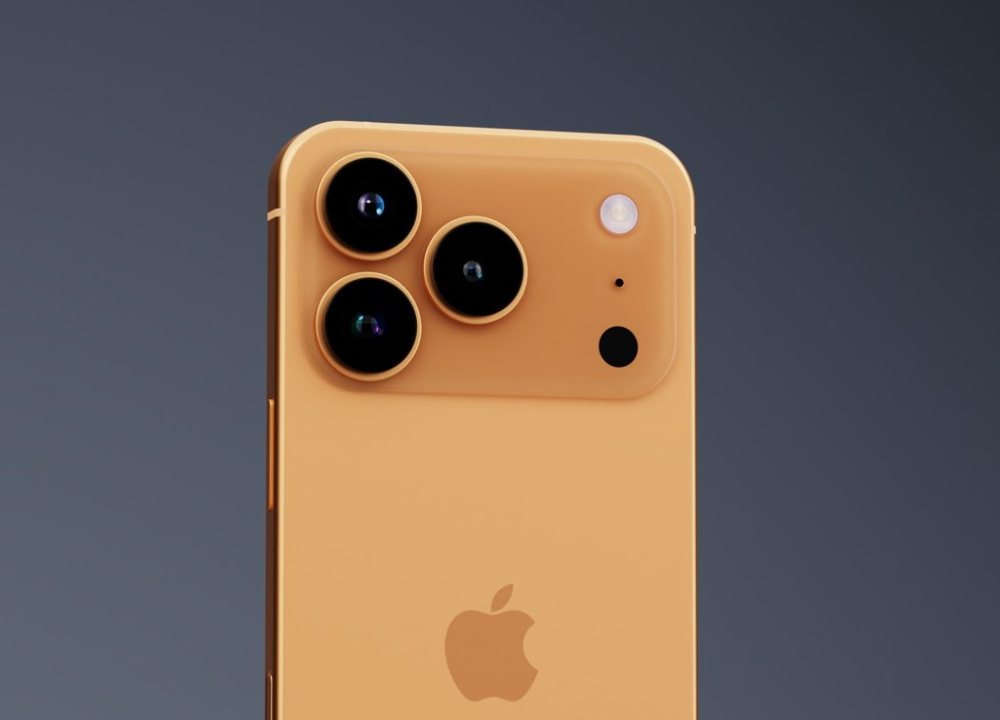
Cactus Photography at 1x Zoom
My first actual trial with the iPhone 17 Pro Max was quite easy, and that is a cactus on my windowsill. Cacti also make good test subjects due to the way their spines reflect and refract light, and the texture on them can be challenging for cameramen. The phone, at 1x zoom, got each crystal-clear point on the cactus needles without being smudged and blurred. Colors were bright but natural. The cactus was a very deep green and not too artificial.
The detail impressed me, but also the balanced exposure, the best aspect of it. The sun (light through the window) directly lit a section of the cactus, and other regions were in the shadows. Previous iPhones used to explode with highlight effects, but this time, nothing got out of control. Darkness was not oppressed nor dulled, brightness was not briskly sliced about. The image was a natural edge bordering on a DSLR.
It may be too much adoration of a cactus image, but that is the idea, that a cell phone camera can cause you to stop and say, “Wow, that is better looking than I thought it would be. It was a special experience and I was keen to have the camera put to training on bigger things.
NYC Architecture at 1x Zoom
Once I captured a photo of the cactus, I then entered the Manhattan region of New York with the iPhone. I was strolling in Manhattan and I captured buildings facing the sky with the help of 1x zoom on my camera. Architectural photography is difficult; straight lines may bend, shadows may obscure, and glass reflections may disrupt the exposure. The iPhone strained itself.
The iPhone 17 Pro Max passed all this easily. Glass buildings were reflected clearly in the clouds, brick walls retained their texture, and the small elements, a frame in the window, or a fire exit, remained sharp, also when I later zoomed in. It was no fainter than the sky of mottled blue and a tangle of streaks that did not put out; it fell just in harmony with the buildings.
I also marvelled at the fact that there was the least amount of lens flare compared to the time I was near the sun. The streakiness or rings on bright sources of light found on many phones were polished by Apple in its optics. What you end up with is a photo where no editing is necessary- it looked like it was a prime time for a professional camera.
2x Zoom Comparison
A change of zoom to 2x gave equally impressive performance. The focal length is optimal in portraits, food images, or a time when you want a perfect, tight picture without having to get too close. The difference is nearly not even visible in older models, which exhibit a higher noise at 2x of operation than at 1x.
During street performers filming in Times Square, the iPhone 17 Pro Max brought the expressions and clothing textures to bold color, and the phone camera got small details such as sequins glowing under violet light. There was no trace of graininess even in dim lighting. Colors were natural, and the skin colors were natural and reds and blues without being unrealistic.
The 2x can be a zoom lens, or I would have thought that it is a prime lens. It’s that good.
4x Zoom Comparison
All phone cameras begin to show their weaknesses at 4x focal length. Digital cropping usually replaces it, and can be lost. However, Apple’s telephoning facilities were obviously enhanced.
I built it on the New York side, on the other side of the Hudson. The windows, patterns, and upstairs equipment remained sharp-edged, far more detailed than the older Pro Max models. This immensely reduced sharpness was, in a way, marginally inferior to that with 1x and 2x, though this was a small blur, not the pixely kind you tend to experience at this frequency.
4x night shots were also good. Streetlamps were very gentle, not generally overwhelming the scene, and signage could be generally read at a distance. In real-world applications, it has become a sweet spot, not a compromise, to use a 4x zoom
8x Zoom Comparison
At 8x zoom, Apple surprised me. I thought the sound was to be grainy, pixel-blowing, and rich in processing, yet I got production-quality, in fact, spectacular images.
I tried it with the iconic crown of the Chrysler Building, and I realized I was using it remotely, which was blocks away. The iPhone registered such Art Deco details in shocking new detail. When you look more closely at the pixels, you can see that there is a bit of pixel-based sharpening and loss of the best textures, but on social media, or a later print of the middle size, it is surprisingly good.
Apple has reached a balance between smart computational sharpening and optical zoom. The outcome itself is not forced and unnatural, and more practical than the zoom capabilities of newer models.
Macro and Ultrawide Shots
Realizing a shift in gears, I tried macro mode on flowers in Central Park. The phone crystallized distance at very small distances and disclosed petals and grains of pollen, which could not be captured without the use of a camera lens. The colors were vivid, and the fall-off effect offered by nature provided the photos with a cinema-like blur.
I was also impressed with the ultrawide lens. During the shooting of the Brooklyn Bridge, it photographed the broad cables and towers without extreme distortion, as seen in other phones. Lines remained crisp, and the point of view realistic. The poor performance of ultrawide shots can be seen in low-light circumstances, but in this case, the iPhone 17 Pro Max produced bright and rich pictures even during the dusk.
Portrait Mode Comparison
Portrait mode has always been one of the selling points, and on the iPhone 17 Pro Max, it is more polished. The edges of hair are clearer now and less handworky. The background blur is soft, homogeneous, with a realistic look of what a DSLR lens would give you.
I used it on friends, pets, and even statues. There was a good balance in skin tones, with a good balance between smooth and rough. Pets, which are normally a difficult issue when using portrait mode, turned out remarkably well in sharpness, and fur strands were crisply isolated against the background.
It isn’t flawless; glasses or elaborate hairstyles can get it tangled, but it is the best iPhone portrait mode to date.
A Great Screen and Speakers
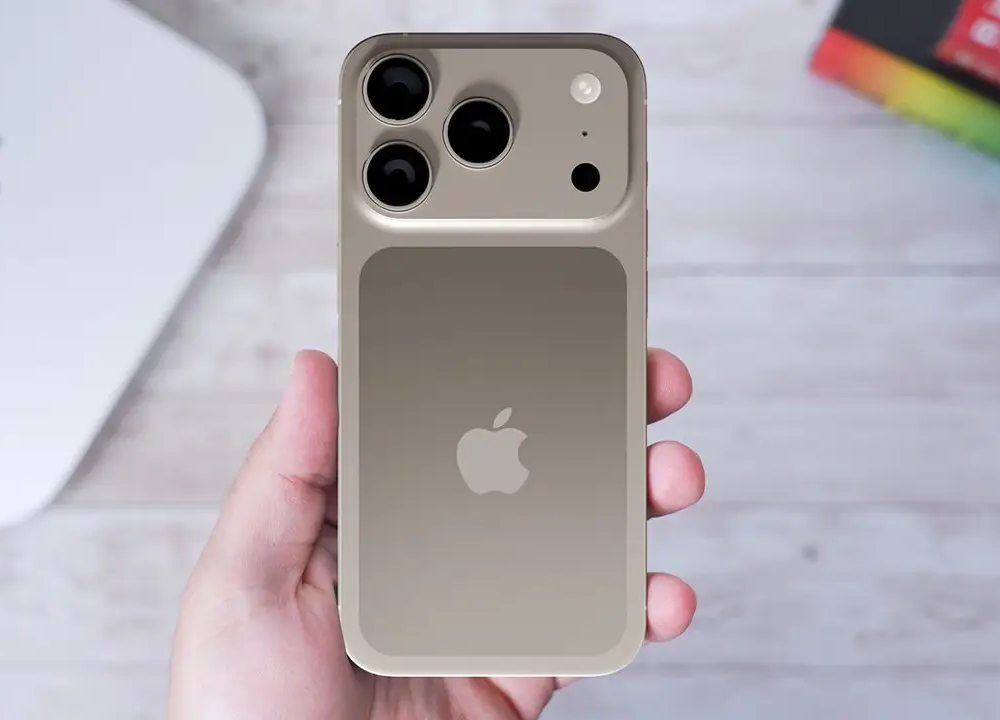
Another attraction is the screen display on the iPhone 17 Pro Max. Apple raised the brightness, and even in broad daylight in the middle of Times Square, we could read the screen, and it was readable and vivid. HDR video appears beautiful, dark, dark black, with eye-popping whites and fluid motion courtesy of the adaptive refresh rate of Promotion. It was buttery smooth when playing games, watching Netflix, or scrolling through Instagram.
The colors are neither raggedy warm nor cool, nor do the whites appear crisp. Compared to the iPhone 16 Pro Max, Mishkin’s is not that bad, yet it could be seen in the most adverse conditions, such as outdoor work or HDR display.
And then wearing it would be the reason for the speakers. The stereo output is louder, fuller, and heavily and very richly detailed on a phone. When playing music using no headphones, the bass was thump and the vocals were articulate. Video viewing or watching YouTube on embedded speakers is enjoyable, which was not the case with the previous models.
What I Didn’t Like About It
Bigger Dimensions That Make Cases More Necessary Than Ever
First disadvantage: it is big–even larger than any iPhone I have ever had. The screen is marvelous; however, it could be a little bit heavy to be used by hand. It is tight in the pockets of a pair of jeans and can make your hand get tired after a while when you are holding it.
Particularly, the size requires a case. I like its orange shade and matte/smooth surface, but the slippery shoulder and its disproportionate size leave me low-balancing with it open. Any case that falls without necessarily breaking would be catastrophic, and the conspicuous camera bump would render a protective case a sheer necessity.
It is controllable, and the 17 Pro Max is a bit easily handled, and though very beautiful, it is tank-like.
A Higher Starting Price
Then there’s the price. Apple did not psych it out; the 17 Pro Max costs more than the earlier one. A lot of the addition can be attributed to camera, design, and battery, but the last checkout figure stings.
It is prohibitive to others, forcing them to a Pro Max, which costs more. Making an attractive camera and configuration through Android counterparts at a lesser price, Apple may lose customers. Nevertheless, people who desire the best iPhone experience may help to justify that. Honestly speaking, it is a luxury device as never before.
How They Compare
The first point to be drawn to compare the 17 Pro Max in the market is that it is the follow-up of the 16 Pro Max. Differences so far are by no means earth-shattering, but they can be felt in the daily usage with the already owned product, the 16 Pro Max. The updated form, the enhanced screen display, and above all, the better zoom camera are immediately enjoyed. Long battery life is also enhanced, providing an added advantage of travelling through the day without worrying that your battery might die.
Apple is more natural with image processing, compared with competitors such as Samsung Galaxy S25 Ultra. Samsung inclines towards hypersharpeness and saturated colours, which are pretty on Instagram but not necessarily real. The shots taken by Apple are in an unobtrusive balance, a favourite among photographers. Both phones are elite in their performance aspect, yet since Apple is known to be excellent in both hardware and software optimization, it makes things seem a lot smoother.
Compared to the Pixel 9 Pro, the 17 Pro Max competes independently in stuff like computational photography. Night shots and AI processing have been known to use pixels; however, the low-light image quality in Apple has also significantly improved. iPhone is unsurpassed in video capturing, stabilisation, colour correction, and detail. Video makers will regard the iPhone as obviously the winner.
When the day ends, residing in the hierarchy of smartphones, the 17 Pro Max does not merely compete, but it stands at the top calmly assured. It is the price alone that serves to bar the all-purpose: this may be the all-purpose category, but it cannot be bought at prices everybody can afford.
Final Thoughts
The 17 Pro Max makes good on all that Apple promised. Or maybe more. It makes its way to a real flagship, also with an unconventional design and a breathtaking performance and battery life. This phone is particularly brilliant when it comes to the cameras. Dealing with a home cactus that you are shooting, New York and its architecture, or spending an entire day magnifying a general landmark 8 times, there are no highs or lows that require tweaking or editing before getting the desired look.
It isn’t perfect. Its size does not fit everybody, and the cost is high. But if one wants the absolute best in Apple, the 17 Pro Max is all that and more. It is somehow futuristic, mighty, and even enjoyable to use on a daily basis.
Would I recommend it? Oh yes, when you make use of its full power. Otherwise, you would want to use a smaller model or one of your existing phones. It is the best iPhone has to offer.
FAQs
Q1: Is the iPhone 17 Pro Max worth upgrading from the iPhone 16 Pro Max?
If you care about better zoom cameras, improved battery life, and the redesigned look, yes. If your 16 Pro Max still feels fast enough, you can probably wait another year.
Q2: How does the camera compare to Samsung’s Galaxy S25 Ultra?
Samsung offers higher zoom ranges, but Apple wins with more natural colors and consistency across all lenses.
Q3: Does the iPhone 17 Pro Max overheat during heavy use?
In my experience, it stays cool under most conditions. Only during long 4K video recording did it warm up, but never to an uncomfortable level.
Q4: Can I use it comfortably without a case?
Technically, yes, but I wouldn’t recommend it. The size and slippery finish make a case almost necessary.
Q5: How long does the battery really last?
On average, I got a day and a half with heavy use and up to two days with lighter use. Standby time is excellent, too.

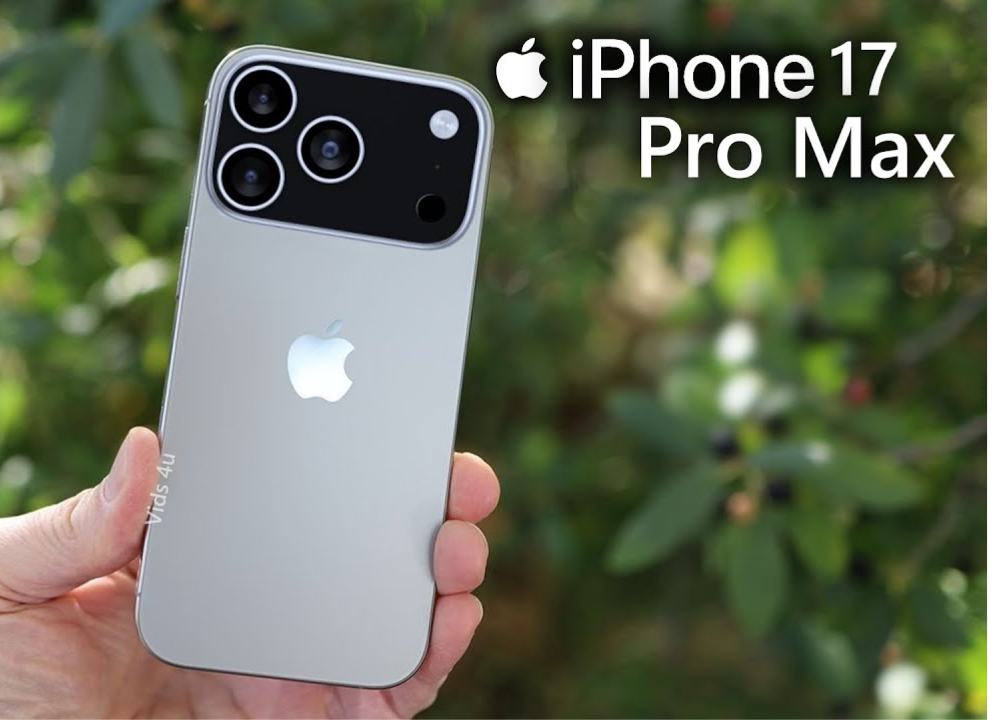

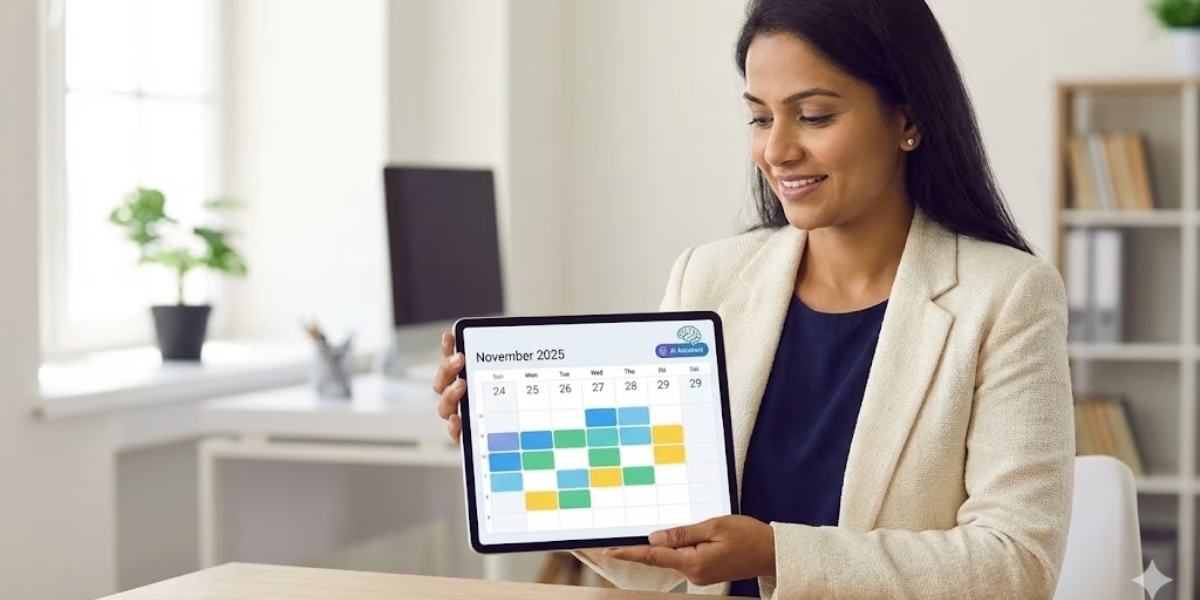
One thought on “Honest iPhone 17 Pro Max Reviews: Performance, Camera & More”